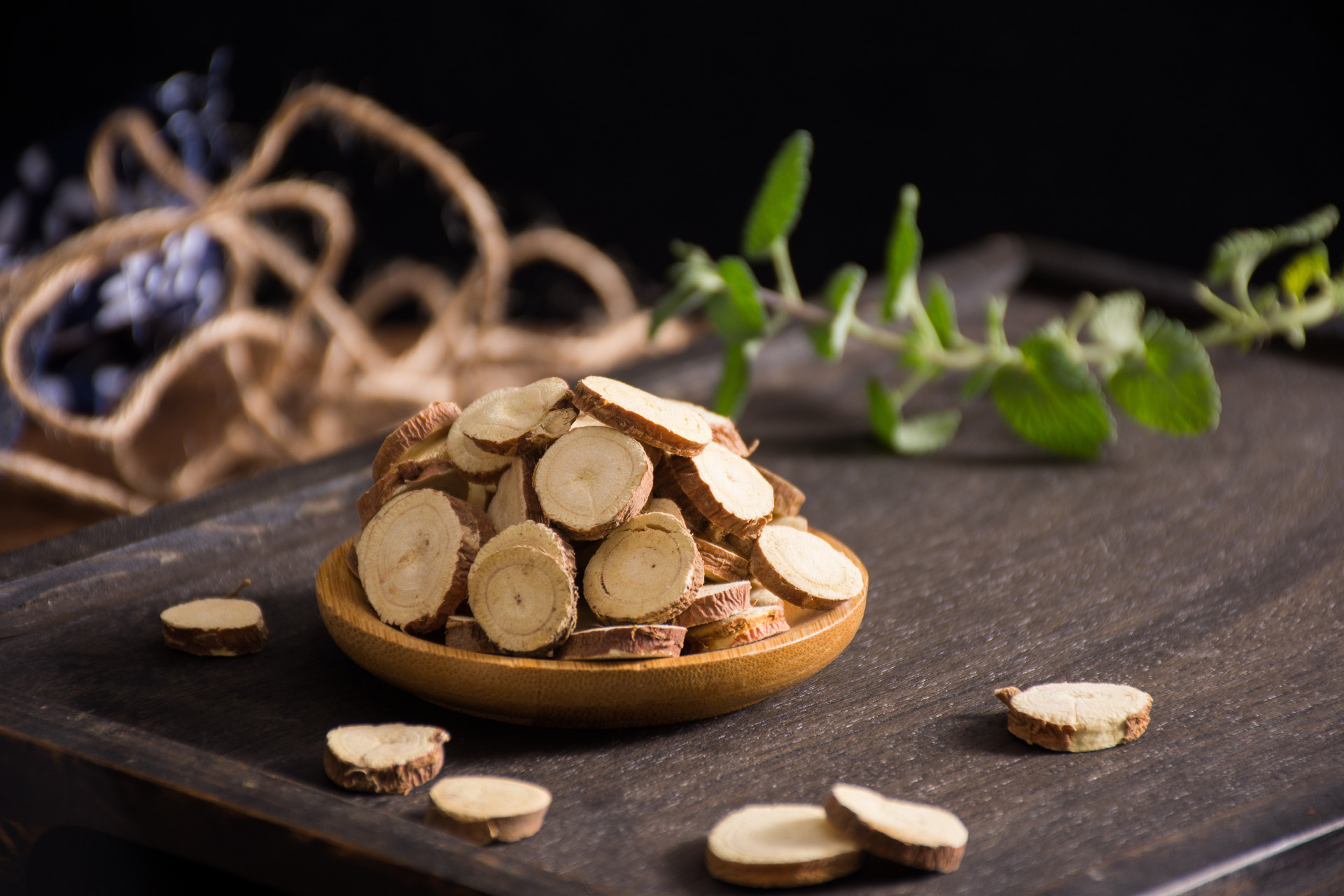Baogai Grass is the whole plant of the Scutellaria baicalensis, a member of the Lamiaceae family. It is also known as Pearl Lotus, Bone-knitting Grass, and Lotus Platform Summer Withered Grass. It is mainly distributed in Jiangsu, Zhejiang, Shaanxi, Gansu, Qinghai, and other provinces in China. Now let's learn about the cultivation of Baogai Grass!
【Cultivation of Baogai Grass】
Baogai Grass grows along roadsides, forest edges, marsh grasslands, and near houses. It can also be found as a weed in fields, and it can grow up to an altitude of 4000 meters. It has a widespread distribution in Europe and Asia.
Baogai Grass is considered a weed, so its breeding mechanism has been studied in literature. It has been found that most weeds have a mechanism of self-pollination.
Most of the seeds of Baogai Grass are produced by self-pollination, but there is also a portion that is the product of cross-pollination. Self-pollination may be important for plants to ensure reproduction when colonizing new habitats.
On the other hand, cross-pollination results in gene recombination, leading to offspring with a more diverse genotype. This plays a crucial role in helping the plant's offspring adapt to different environments.
Therefore, the combination of cross-pollination and self-pollination may be the main factor that makes Baogai Grass a successful weed.
【Identification of Baogai Grass】
Baogai Grass is an annual erect herb. The stems are weak, square-shaped, often with a purple color, and sparsely covered with downward-facing hairs, reaching a height of 10 to 60 centimeters. The leaves are kidney-shaped or round, with a heart-shaped or round base, with rounded teeth and small clefts along the edges, and covered with hairs on both sides. The basal leaves have stalks, while the stem leaves are stalkless and clasp the stem.
The flowers are arranged in 2 to several clusters, without stalks, axillary, and without bracts. The calyx is tubular, about 5 to 6 millimeters long, with 5 teeth, and covered with long and thin hairs on the outside and along the edges. The corolla is purple-red, 9 to 17 millimeters long, with a velvety outer surface, a slender corolla tube, no hairy ring at the base, an expanded throat, an erect upper lip, elongated oval-shaped, helmet-like lower lip with 3 lobes, and the central lobe deeply concave, and the lateral lobes are broadly triangular. There are 4 stamens, 2 of which are longer and have reddish anthers, and the pistil is 2-cleft and needle-shaped.
The small nut is elongated, 3-ribbed, with a truncate top, dark brownish-black, and has white scale-like projections. The flowering period is from March to April, and the fruiting period is in June.












